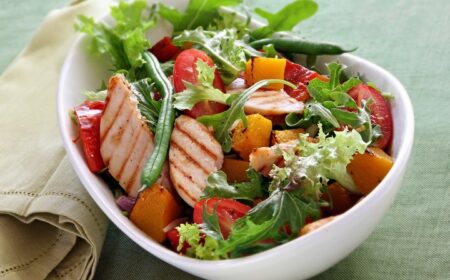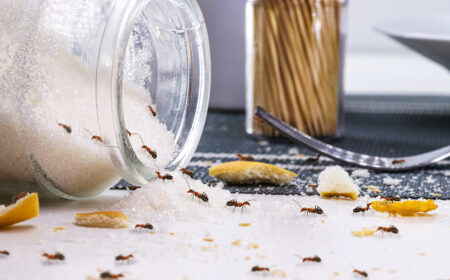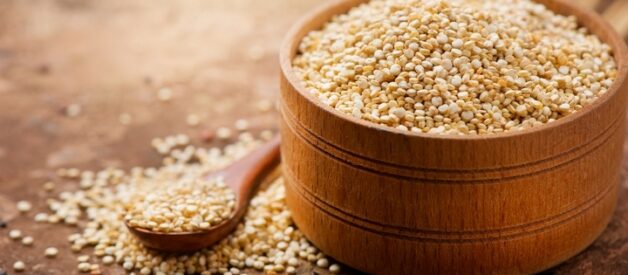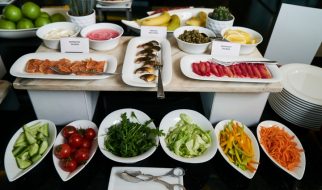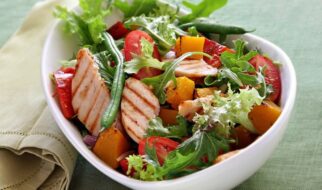Proteins are a chain of amino acids that help your body repair and replicate new cells. It is in every cell, and 10s of 1000s of processes are carried out by our body because of the protein we eat, so it is an essential macronutrient.
Grains are an excellent source of plant protein, and we need to eat more of this renewable resource. Grains are grown on farms, a popular crop due to their high yield rate. Although growing grains can be profitable, they need to achieve specific conditions like moisture, temperature, and climate. After harvesting the crop, grains need to be stored properly as well. Farmers use tools like grain bin temperature monitoring to preserve the quality of their crops.
Grains come with many nutritional benefits. In addition, grains are a great vegan protein source that keeps the world population healthy. Try as many kinds of grains as you can and take in all the healthy nutrition they provide.
Are you looking to get your protein from grains? Here are the nine grains with the highest protein.
Grain #1: Amaranth
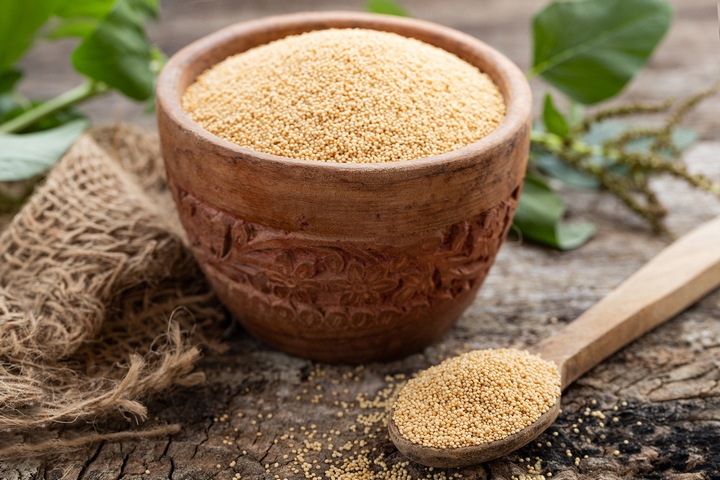
Amaranth has been cultivated for over 8000 years and was a staple food for the Maya, Inca and Aztec people. It is among the highest protein grain, with 9 grams per cooked cup.
Amaranth is considered a pseudo-cereal, is gluten-free and has a nutty, earthy flavour that works great as a hot cereal and polenta. This ancient grain has all nine essential amino acids and a host of minerals.
Grain #2: Kamut
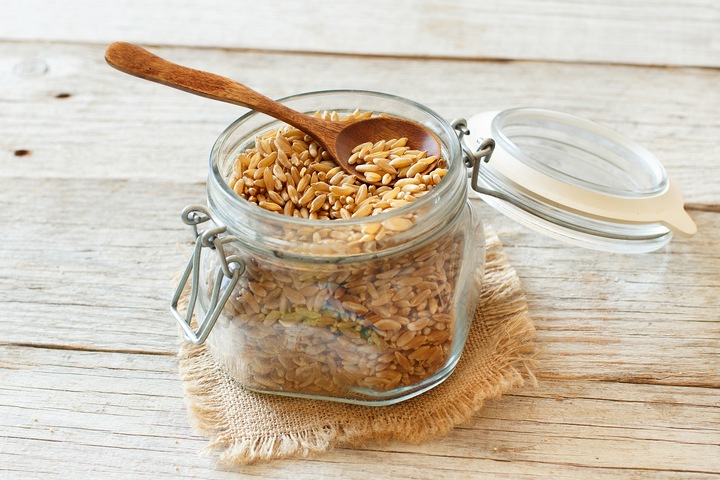
Kamut, whose name comes from the Egyptian word for ‘wheat,” is another ancient grain with high protein content. It is a variety of wheat called Khorasan wheat, and its rich, nutty flavour is ideal for bread and pasta.
Kamut was widely grown until the mid-1900s, when a hybridized wheat took over because it had a higher yield. One cup of cooked Kamut has 11 grams of protein.
Grain #3: Wild Rice
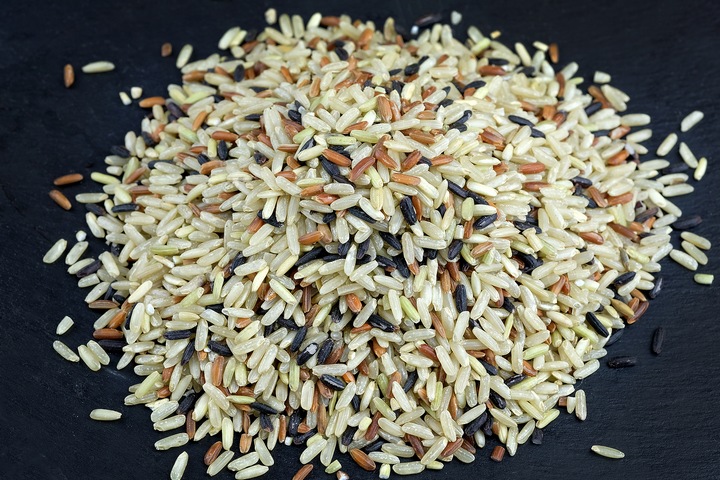
Wild rice is the seed of a marsh grass native to North America and is among four species of grasses with edible seeds that look and cooks like rice.
It is a complete protein with all the essential amino acids that the body can’t make, including minerals like phosphorus and zinc. One cup of cooked wild rice has 6 grams of protein which is 1 gram more than brown rice.
Grain #4: Teff
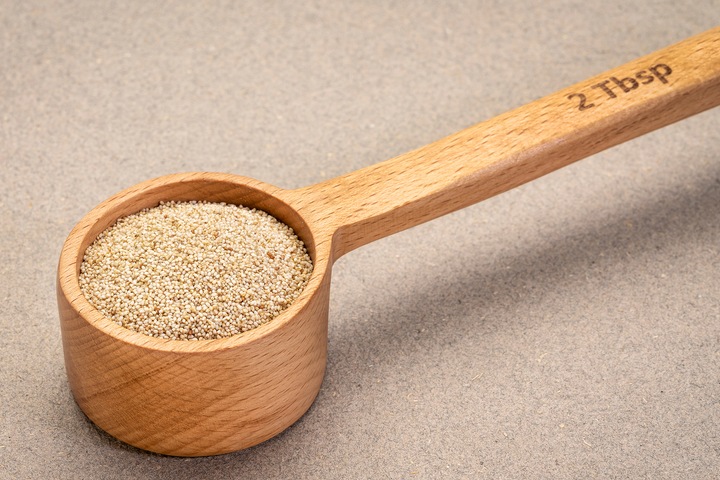
Measuring 1% the size of a wheat kernel, teff is an Ethiopian grain that is a protein powerhouse. You get just under 10grams of protein for each cooked cup, and it has a very high calcium content.
There are a variety of colours with teff, and it has a mild, nutty taste. This gluten-free grain is used to make traditional fermented flatbread, porridge, and baked goods.
Grain #5: Quinoa
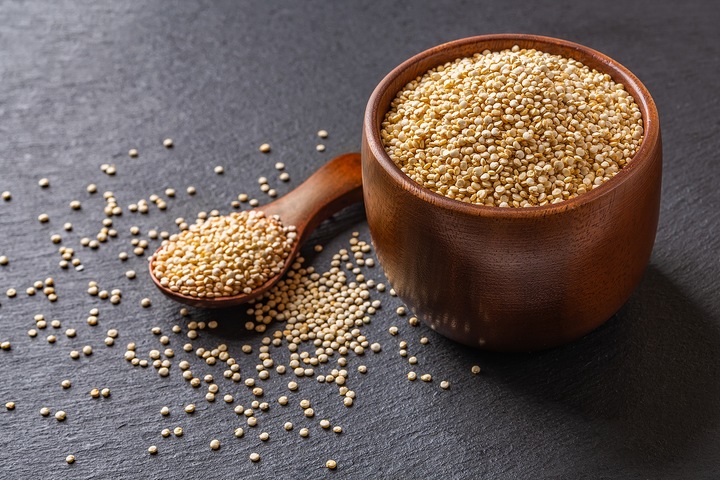
Quinoa is another pseudo-cereal with over 3000 varieties and is gluten-free. Eight grams of protein come from 1 cooked cup of quinoa, and it is eaten whole, ground into flour and rolled into flakes.
It is also a soluble fibre, absorbing water and lowering blood sugar and cholesterol levels. Besides protein, it is rich in unsaturated fatty acids, tocopherols and polyphenols. Quinoa is a smart protein choice for those looking for a vegan option.
Grain #6: Oats
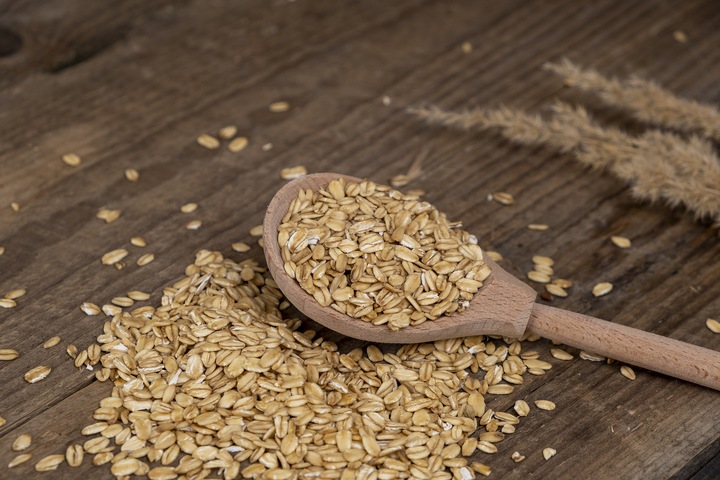
There aren’t too many people who don’t appreciate a hot bowl of oatmeal. Six grams of protein per cooked cup is where oats rank on the grain list, so it’s way better than most other breakfast cereals out there.
Oats is a cereal grain called Avena sativa, from the Poaceae grass family. It is the edible seed from the grass that we consume, though. You can get them as steel-cut, rolled or quick oats, and they are an excellent source of fibre that ranks low on the glycemic index.
Grain #7: Millet
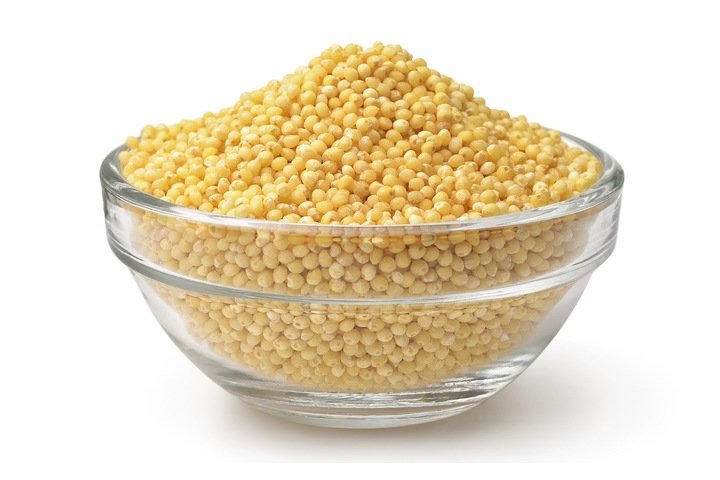
Millet is a name representing many related small-grained bowls of cereal that staple foods in Africa, Asia and Eastern Europe. There are over 6000 varieties, and it’s technically a seed that cooks similar to rice and quinoa.
A wide variety of food and drink is produced with millet, including beer and fermented drinks, bread and porridge. While consumed widely in Asia and Africa, it has become popular in the west because it’s gluten-free and a powerful antioxidant.
Grain #8: Corn
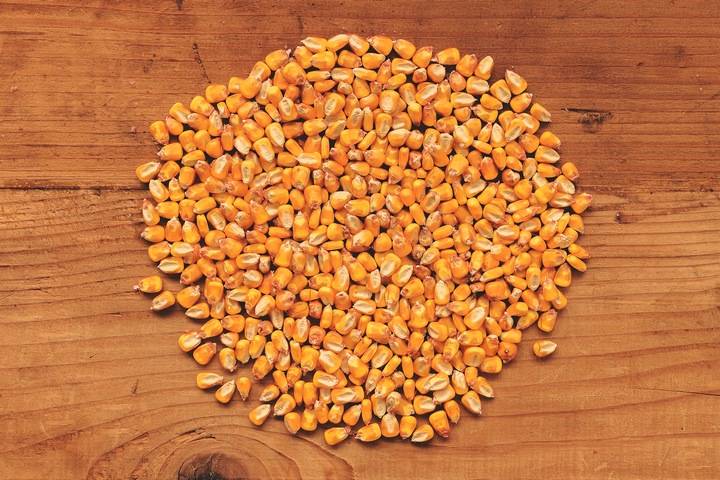
You may think corn is a vegetable, but it’s a grain known as maize worldwide. There are 5 grams of protein per cooked cup of corn, and it also has vitamin C and vitamins B, K and E, along with magnesium and potassium minerals.
Corn is widely used as animal feed and processed to make corn flour, cornmeal corn oil, starches, sweeteners and alcohol. Corn comes in four types which are:
- Sweet corn
- Popcorn
- Flint corn
- Dent corn
It is a very versatile grain indeed.
Grain #9: Farrow
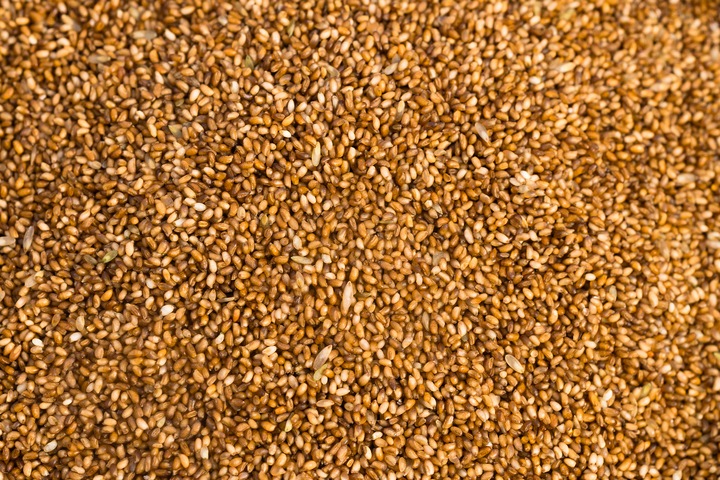
Farrow is a term for three types of wheat grains; spelt, emmer and einkorn. There is much debate around which is which, but they are all farrow and originated in Mesopotamia. The name is Italian and means “ancient wheat grain”. It is packed with vitamins, minerals, antioxidants, and fibre, but let’s not forget protein.
It has 6 grams of protein with the spelt variety as wide as 15 grams per cooked cup. It is a staple Mediterranean diet with a chewy, nutty flavour that goes great in salads, risottos and pasta.
Other grains like sourgum, barley, couscous and buckwheat have a decent amount of protein.



